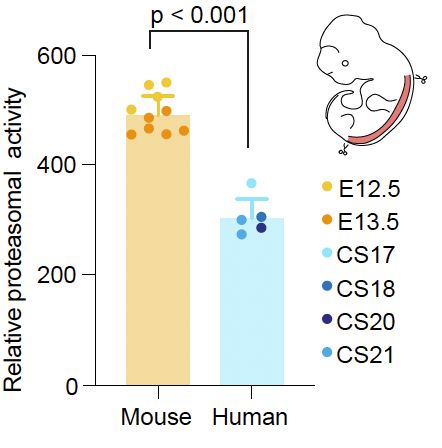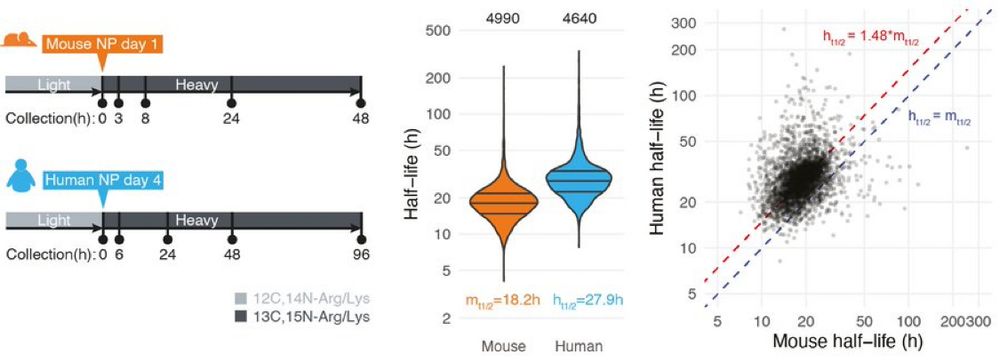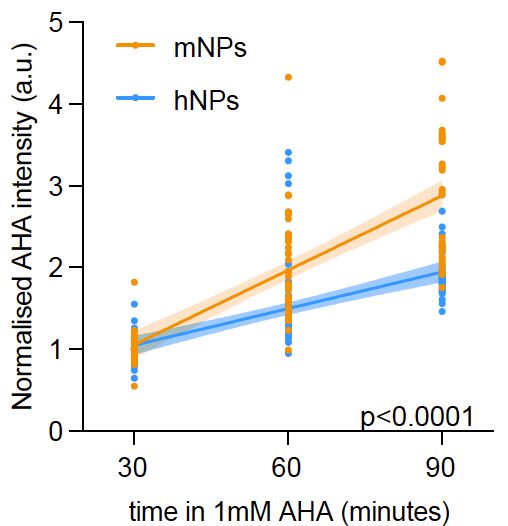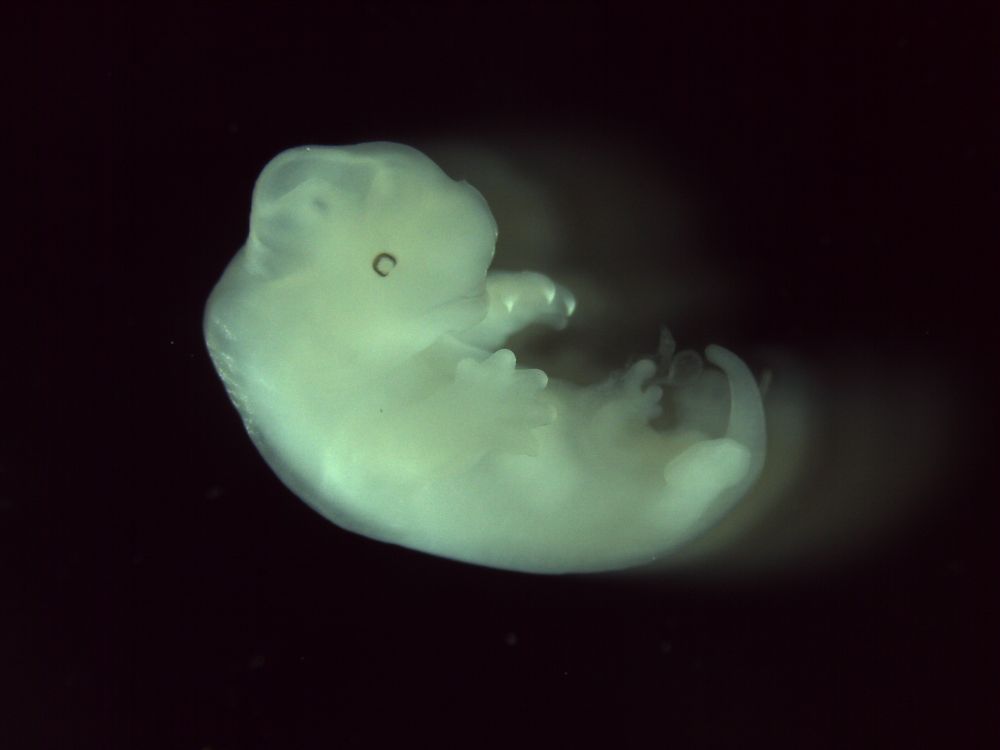Teresa Rayon
@trayon.bsky.social
1.5K followers
650 following
74 posts
Developmental biologist. EvoDevo & comparative stem cell dynamics 🐭⌛️👤⏳. Group Leader @BabrahamInst.
@SEBiolDev board member
Posts
Media
Videos
Starter Packs
Pinned
Reposted by Teresa Rayon
Reposted by Teresa Rayon
Teresa Rayon
@trayon.bsky.social
· Sep 4
Reposted by Teresa Rayon
Dirk Benzinger
@dbenzinger.bsky.social
· Aug 27
James Briscoe
@jamesbriscoe.bsky.social
· Aug 26

Investigating morphogen and patterning dynamics with optogenetic control of morphogen production
Morphogen gradients provide the patterning cues that instruct cell fate decisions during development. Here, we establish an optogenetic system for the…
www.sciencedirect.com
Teresa Rayon
@trayon.bsky.social
· Aug 27
Reposted by Teresa Rayon
Teresa Rayon
@trayon.bsky.social
· Aug 17
Richard Sever
@richardsever.bsky.social
· Aug 15
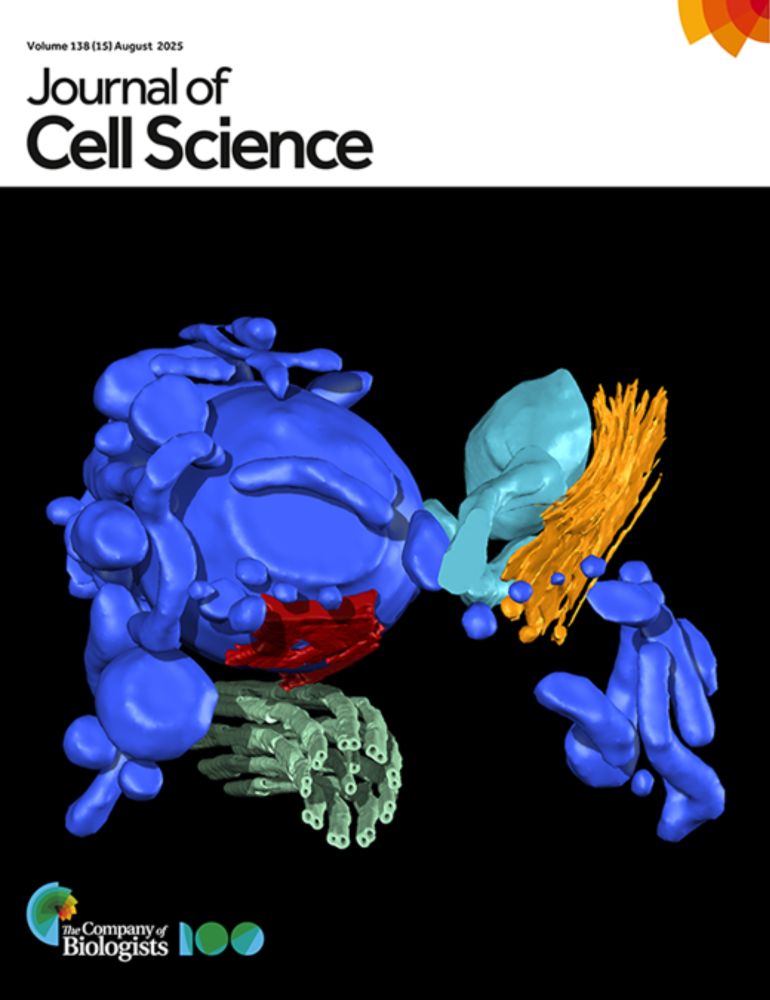
Why would anyone want to be a scientist?
It is difficult to fathom why anyone intelligent enough to be a scientist would actually choose to be one. Doing good science requires the utmost exertion of body, mind and spirit, yet is consistently...
journals.biologists.com
Reposted by Teresa Rayon

